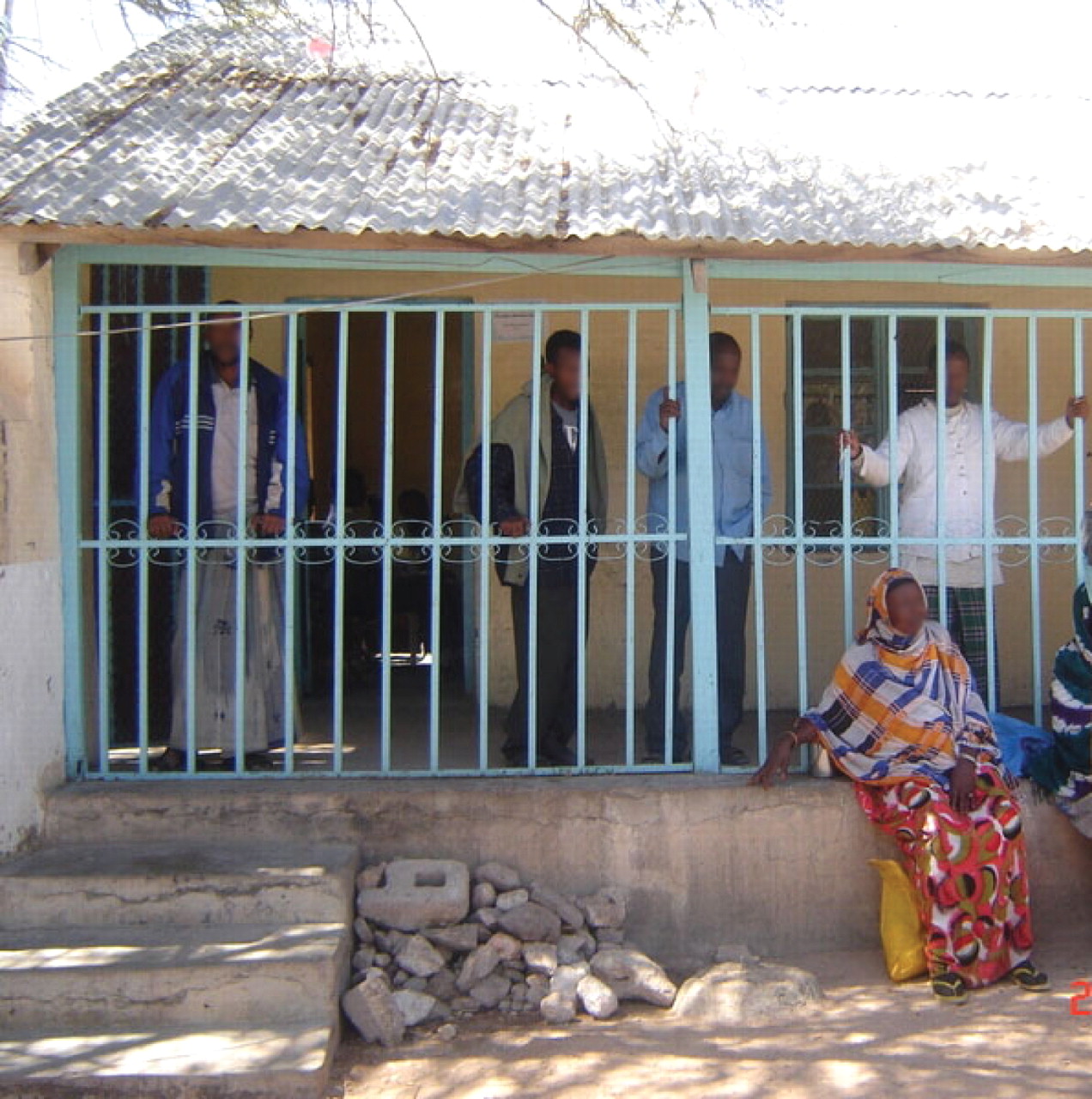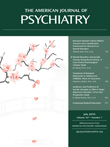The Republic of Somaliland, situated in the Horn of Africa, was formed in 1991 after breaking-away from Somalia (1). The capital, Hargeisa (population 2,000 000), saw 90% of its structures destroyed in the war, including most hospitals (2). The only remaining government hospital is
Hargeisa Group Hospital. One of its psychiatry units is seen here. The hospital was established in 1953 to serve a population of 30,000. It offers primary and specialty care and has several psychiatric wards but no psychiatrist. The psychiatric wards house approximately 200 patients and are managed by nurses.
The common chief complaints for admission to the psychiatric ward include "violent people who make no sense," "public nudity," "constant screaming," and "spirit possession by a Gin [evil spirit]." During the civil war of 1988–1991 the country lost many of its health professionals. With no formally trained psychiatric staff at the hospital, diagnosis is limited to two main categories: Waali ("craziness" due to severe trauma) and Gini ("craziness" due to spirit possession) (3).
In the Somali explanatory model of mental illness, the concept of mental health is divided into categories of "sanity" and "insanity" (4). Those suffering from psychosis who have become violent, or who have behaviors that cannot be controlled, are labeled "insane." Families in Somalia and Somaliland care for "insane" relatives in the home, often having to chain them. Taking them to a psychiatric ward is seen as a last resort. As a result, very few of the patients in the Hargeisa Group Hospital psychiatric wards are from Hargeisa. Most are displaced people from cities outside of Hargeisa and without families in the area.
Access to medication at the hospital has been extremely limited. Occasionally a religious scholar will go to the wards to read verses from the Quran to patients, as a form of treatment. There are separate wards for males and females. Treatment is primarily limited to maintaining patient safety. The patients who are violent and uncontrollable are chained to a bed in a single room. More composed patients share a room containing three to four beds and are allowed in the porch area depicted in the image shown here. The man holding onto the bars at the right of the photograph was pleading to get out so that he could go back to Mogadishu. The woman outside brought food for a family member on the ward.
In Somalia and Somaliland, affective disorders are epidemic after generations of social upheaval and war. However, mental illness remains highly stigmatized. Somalis do not consider sadness or worry a mental illness to be treated by a physician. Indeed, they may specifically avoid seeking treatment for fear of being labeled "insane" and shaming the overall integrity of their family (5). These disorders are instead addressed by family support, religiously based interventions, and indigenous herbal remedies (3).


